Last week, the Environmental Protection Agency (EPA) released its annual report for 2018 on greenhouse gas (GHG) emissions in Ireland. Overall, Ireland’s GHG emissions showed a marginal decrease of 0.2% last year to just over 60.5m tonnes of CO2 equivalent.
However, this reduction in emissions was mostly due to the fact that Moneypoint power station in Co Clare couldn’t burn coal for much of the year because of maintenance work at the plant.
Aside from energy, GHG emissions continued to increase from other large sectors of the Irish economy, including housing, transport and agriculture (see Figure 1). Transport emissions increased 1.7% last year to 12.2m tonnes of CO2 equivalent, while emissions from housing increased 8% in 2018 to hit 6.2m tonnes of CO2 equivalent.
Agriculture
The 2018 report shows that greenhouse gas emissions from agriculture rose 1.9% last year to just under 20.6m tonnes of CO2 equivalent. This is the fourth consecutive year that emissions from Irish agriculture have increased (largely driven by the expansion in the national dairy herd) and it makes the sector the largest contributor to Ireland’s overall GHG emissions, accounting for 34% of total emissions.
Ireland is the only country in Europe where agriculture accounts for the largest share of GHG emissions ahead of any other sector. However, this isn’t because Irish agriculture is some enormous emitter of greenhouse gases. Instead, it merely reflects the absence of any significant heavy industry in this country, such as mining, steel, chemical or car manufacturing.
Ireland’s agriculture sector has found itself in the spotlight as pressure ramps up on individual countries to reduce emissions
In Germany, for example, GHG emissions from agriculture totalled 64m tonnes of CO2 equivalent, which is more than triple the amount produced by Irish agriculture, yet it accounted for just 7% of Germany’s total GHG emissions last year of 866m tonnes of CO2 equivalent.
Targets
Regardless, Ireland’s agriculture sector has found itself in the spotlight in recent years as pressure ramps up on individual countries to reduce emissions. Under the Government’s recent Climate Action Plan, Ireland’s agriculture sector has committed to reducing its GHG emissions to a range of 17.5-19m tonnes of CO2 equivalent by 2030, which is a cut of 10-15% on the projected levels in 2030 relative to 2017
This is no simple task given the expansion of the industry over recent years, particularly the increase in the national dairy herd. It must be remembered that it remains the official policy of the Irish Government to expand the agri-food industry. As set out in the Government’s Food Wise 2025 strategy, the agri-food industry has targeted increasing the value of food and drink exports to €19bn and the value of primary production to €10bn by 2025.
GHG emissions
However, it’s important to take a closer look at the breakdown of GHG emissions from Irish agriculture to see where emissions are coming from. As can be seen in Figure 2, enteric fermentation accounts for more than half (56%) of all emissions from agriculture. Carbon escaping from soils and ploughing land is the next largest cause of emissions from agriculture, accounting for 29% of total emissions.
After this, slurry spreading and manure management accounted for 10% of total emissions in the agriculture sector last year. Between them, these three activities account for 95% of all emissions in agriculture but enteric fermentation remains the standout cause of emissions from farming.
Methane
Enteric fermentation is the name of the digestive process in ruminant animals such as cattle and sheep. Microbes in the rumen of cattle and sheep break down and ferment cellulose (grass) so the animal can digest its feed. Methane is produced as a by-product of this process with about 95% of the gas escaping through the mouth and nostrils of the animal.
In climate terms, methane is a highly potent gas that is 25 times more damaging to the Earth’s atmosphere than CO2.
While there is a lot farmers can and should do, in terms of low emissions, slurry spreading and switching to protected urea fertilisers, the reality is that the greatest opportunity to reduce GHG emissions in agriculture lies in solving the methane (enteric fermentation) question in ruminants.
Seaweed
In 2017, early stage research emerged from Australia which indicated that feeding some varieties of seaweed were spectacularly successful in almost eliminating methane production by ruminants.
Dr Rob Kinley, a scientist at Australia’s Commonwealth Scientific and Industrial Research Organisation (CSIRO) and James Cook University, found that adding 2% of Asparagopsis taxiformis (a type of seaweed) to the daily intake of cattle reduced methane emissions by at least 70% and up to 99%.
Research is ongoing in this area but the signs are promising. From an Irish perspective, developing a solution like this to methane produced from enteric fermentation would sharply reduce the sector’s GHG emissions overnight.
Even if we take a modest figure that feeding seaweed or a similar additive to cattle reduced methane emissions by 20%, this would result in a reduction of 2.3m tonnes of CO2 equivalent. from enteric fermentation. This dramatic reduction would also see emissions from Irish agriculture fall to just over 18m tonnes of CO2 equivalent, which is within our 2030 target range under the climate action plan.
It will take more time, but solving the methane question offers Irish farmers the best chance of meeting our climate targets over the coming decade. The biggest challenge for Irish agriculture may actually be defending itself in the public arena where special interest groups and NGOs are lining up to attack farmers and are using the climate agenda to further their cause.
Read more
How grassland can help combat global warming
Over 220 agri-led anaerobic digestors needed by 2030
Last week, the Environmental Protection Agency (EPA) released its annual report for 2018 on greenhouse gas (GHG) emissions in Ireland. Overall, Ireland’s GHG emissions showed a marginal decrease of 0.2% last year to just over 60.5m tonnes of CO2 equivalent.
However, this reduction in emissions was mostly due to the fact that Moneypoint power station in Co Clare couldn’t burn coal for much of the year because of maintenance work at the plant.
Aside from energy, GHG emissions continued to increase from other large sectors of the Irish economy, including housing, transport and agriculture (see Figure 1). Transport emissions increased 1.7% last year to 12.2m tonnes of CO2 equivalent, while emissions from housing increased 8% in 2018 to hit 6.2m tonnes of CO2 equivalent.
Agriculture
The 2018 report shows that greenhouse gas emissions from agriculture rose 1.9% last year to just under 20.6m tonnes of CO2 equivalent. This is the fourth consecutive year that emissions from Irish agriculture have increased (largely driven by the expansion in the national dairy herd) and it makes the sector the largest contributor to Ireland’s overall GHG emissions, accounting for 34% of total emissions.
Ireland is the only country in Europe where agriculture accounts for the largest share of GHG emissions ahead of any other sector. However, this isn’t because Irish agriculture is some enormous emitter of greenhouse gases. Instead, it merely reflects the absence of any significant heavy industry in this country, such as mining, steel, chemical or car manufacturing.
Ireland’s agriculture sector has found itself in the spotlight as pressure ramps up on individual countries to reduce emissions
In Germany, for example, GHG emissions from agriculture totalled 64m tonnes of CO2 equivalent, which is more than triple the amount produced by Irish agriculture, yet it accounted for just 7% of Germany’s total GHG emissions last year of 866m tonnes of CO2 equivalent.
Targets
Regardless, Ireland’s agriculture sector has found itself in the spotlight in recent years as pressure ramps up on individual countries to reduce emissions. Under the Government’s recent Climate Action Plan, Ireland’s agriculture sector has committed to reducing its GHG emissions to a range of 17.5-19m tonnes of CO2 equivalent by 2030, which is a cut of 10-15% on the projected levels in 2030 relative to 2017
This is no simple task given the expansion of the industry over recent years, particularly the increase in the national dairy herd. It must be remembered that it remains the official policy of the Irish Government to expand the agri-food industry. As set out in the Government’s Food Wise 2025 strategy, the agri-food industry has targeted increasing the value of food and drink exports to €19bn and the value of primary production to €10bn by 2025.
GHG emissions
However, it’s important to take a closer look at the breakdown of GHG emissions from Irish agriculture to see where emissions are coming from. As can be seen in Figure 2, enteric fermentation accounts for more than half (56%) of all emissions from agriculture. Carbon escaping from soils and ploughing land is the next largest cause of emissions from agriculture, accounting for 29% of total emissions.
After this, slurry spreading and manure management accounted for 10% of total emissions in the agriculture sector last year. Between them, these three activities account for 95% of all emissions in agriculture but enteric fermentation remains the standout cause of emissions from farming.
Methane
Enteric fermentation is the name of the digestive process in ruminant animals such as cattle and sheep. Microbes in the rumen of cattle and sheep break down and ferment cellulose (grass) so the animal can digest its feed. Methane is produced as a by-product of this process with about 95% of the gas escaping through the mouth and nostrils of the animal.
In climate terms, methane is a highly potent gas that is 25 times more damaging to the Earth’s atmosphere than CO2.
While there is a lot farmers can and should do, in terms of low emissions, slurry spreading and switching to protected urea fertilisers, the reality is that the greatest opportunity to reduce GHG emissions in agriculture lies in solving the methane (enteric fermentation) question in ruminants.
Seaweed
In 2017, early stage research emerged from Australia which indicated that feeding some varieties of seaweed were spectacularly successful in almost eliminating methane production by ruminants.
Dr Rob Kinley, a scientist at Australia’s Commonwealth Scientific and Industrial Research Organisation (CSIRO) and James Cook University, found that adding 2% of Asparagopsis taxiformis (a type of seaweed) to the daily intake of cattle reduced methane emissions by at least 70% and up to 99%.
Research is ongoing in this area but the signs are promising. From an Irish perspective, developing a solution like this to methane produced from enteric fermentation would sharply reduce the sector’s GHG emissions overnight.
Even if we take a modest figure that feeding seaweed or a similar additive to cattle reduced methane emissions by 20%, this would result in a reduction of 2.3m tonnes of CO2 equivalent. from enteric fermentation. This dramatic reduction would also see emissions from Irish agriculture fall to just over 18m tonnes of CO2 equivalent, which is within our 2030 target range under the climate action plan.
It will take more time, but solving the methane question offers Irish farmers the best chance of meeting our climate targets over the coming decade. The biggest challenge for Irish agriculture may actually be defending itself in the public arena where special interest groups and NGOs are lining up to attack farmers and are using the climate agenda to further their cause.
Read more
How grassland can help combat global warming
Over 220 agri-led anaerobic digestors needed by 2030




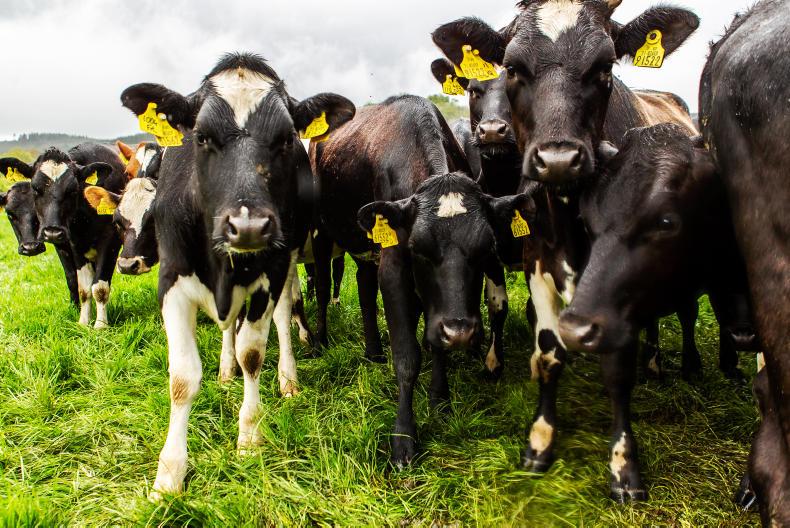
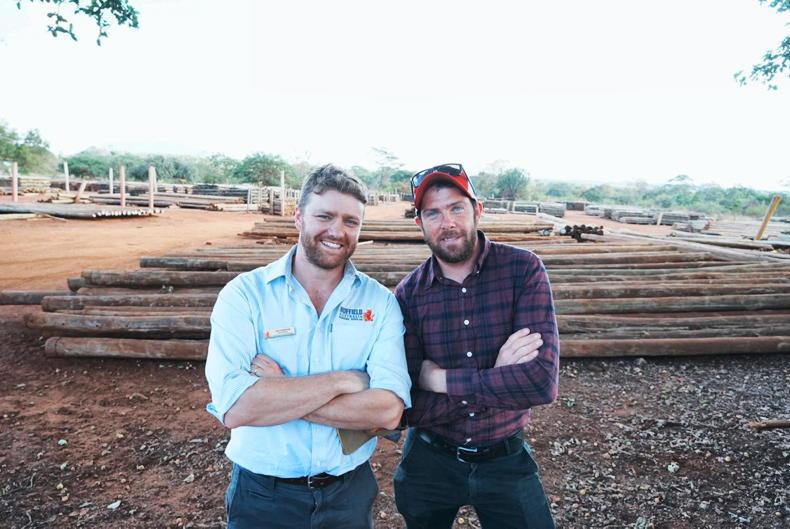

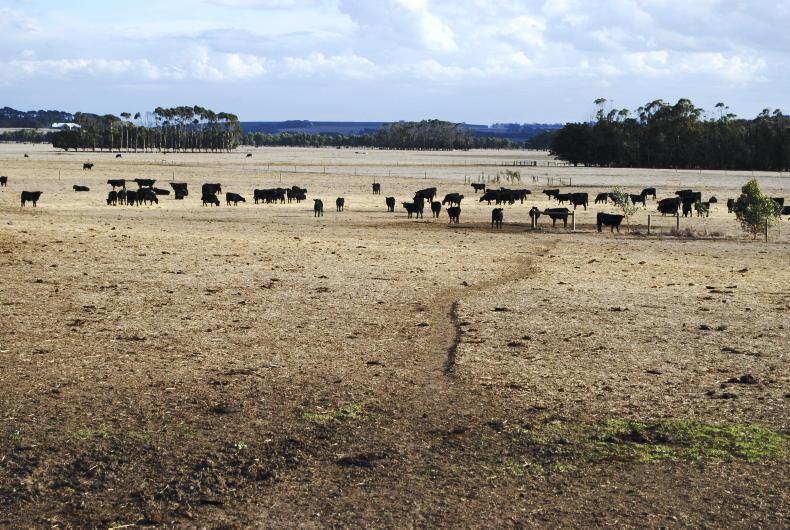
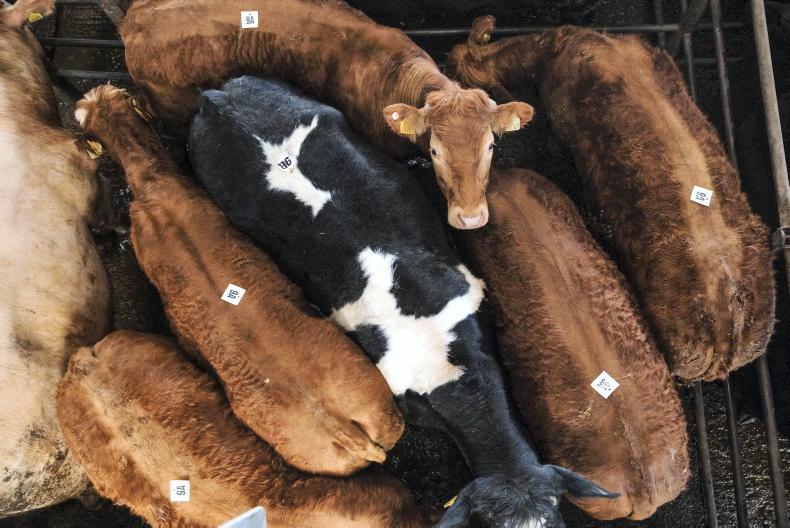
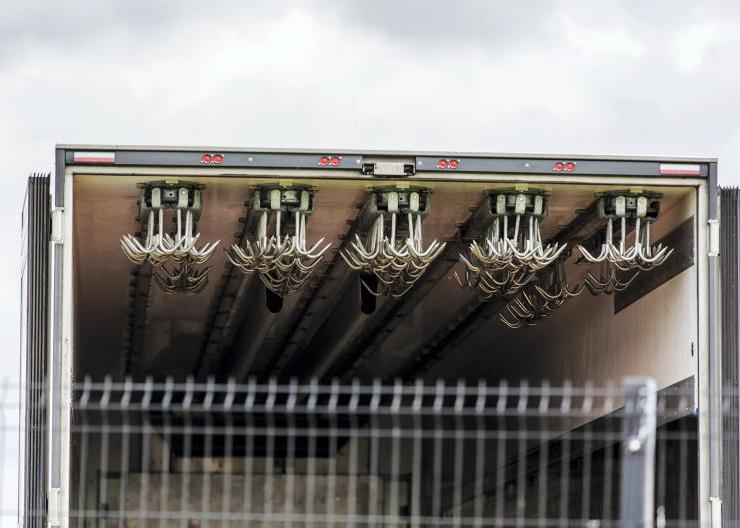
SHARING OPTIONS